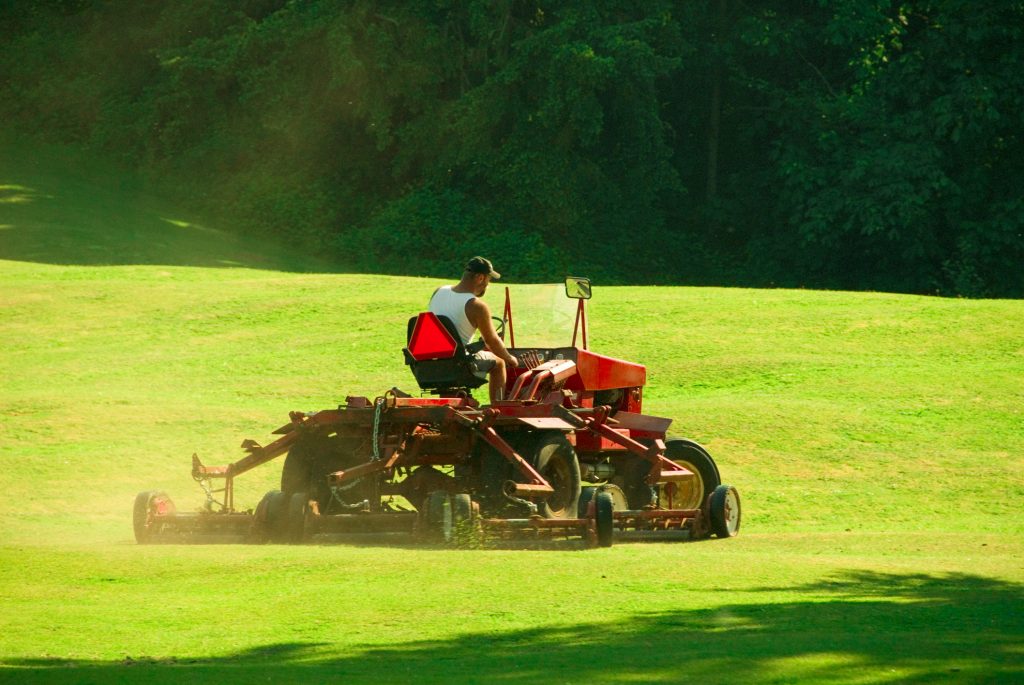For those of us with a residential garden, when it comes to mowing the lawn, the only decision we must make is how long can we tolerate the grass before we get the mower out. If you have a farm, small-holding, fields, or a paddock, it is not so simple.
If your pasture, paddock, or meadow is large enough, a humble domestic lawnmower is not going to cut it. Literally. You have probably got a compact tractor or even a quad bike to help you tame the vegetation, but you will also need an attachment for the actual trimming. Sounds simple, but the choices do not end there. Do you use a grass topper or a flail mower? Which is best and what are the differences between them?
Whilst there is a multitude of different attachments you can use for any number of different tasks when it comes to mowing, it often comes down to a straight fight between a topper or flail mowers. The difference is not just in the name.
What is a Topper Mower?
Topper mowers, as the name suggests, take the tops off long grasses, small saplings, and scrubland. Topper mowers have two blades attached to a carrier which rotates. As it spins, the blades rotate at high speeds cutting the top of the grass, brambles, etc. For every pass you undertake, it cuts or tops the grass.

Versatility
If the area has become overgrown and you need to cut it back to a more manageable length before breaking out the finishing mower, the topper is the one to go for. If your pasture is level, then the topper works well, but if it’s rough and uneven, then it can struggle. They are also generally cheaper to buy than a flail mower, but they are not as versatile.
Cuttings
In addition, the cuttings are generally longer than with flail mowers. That said, as the cuttings are thrown against the bottom of the machine (a.k.a. the skids), it leaves them in relatively neat rows, rather than scattering them far and wide. This means they are easy to collect afterwards and avoids big clumps of grass, which can smother the regrowth.
A flail mower, on the other hand, is more compact and uses hammer blades sitting on a horizontal rotor. It is this rotor that spins the blades (named because they are shaped like hammers) which creates a flailing motion. It can do everything a grass topper can do but also does a job on short grass-like lawns.
The cuttings are short which are soon mulched down into smaller sections and spread further afield, if not collected into a cylindrical component. It is ideally used for rougher, uneven areas of light grass, small saplings, and gorse, but can tackle uneven ground. A flail mower is also much more manoeuvrable, especially in tight spaces. They can also cut verges, so are fast becoming the preferred choice for many people.
Conclusion
For all its additional benefits, this versatility and manoeuvrability comes at a cost. A flail mower will generally be more expensive than a topper, but you gain so much more.
Like anything, the right choice is going to be dictated by your own circumstances. Both options serve their purpose well, but it often boils down to the kind of vegetation you are looking to mow. Toppers work better on rough paddocks, but flail mowers can handle more robust plants like brambles, goes and bushes.
Blacktrac is here to help you on your tractor journey. Call us today on 01933 272662 or visit our contact page for more information.











